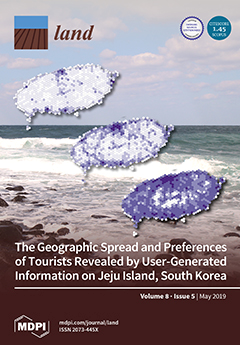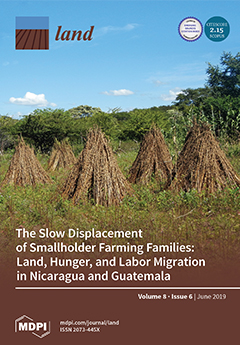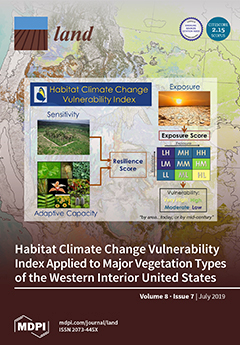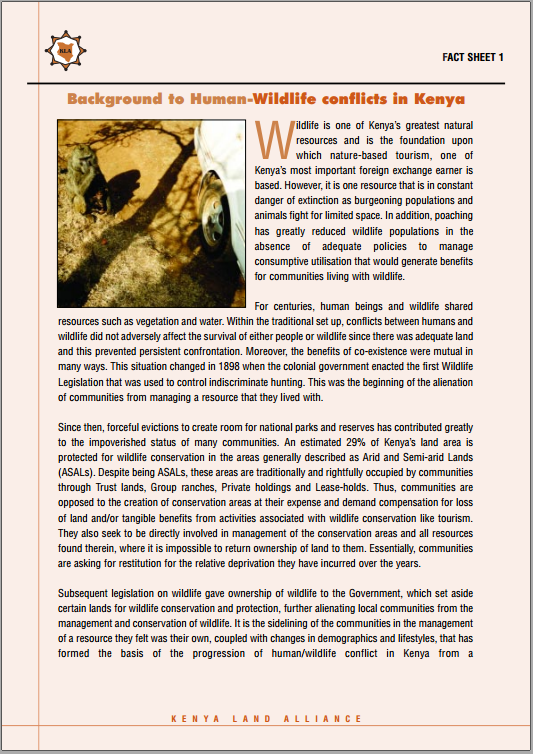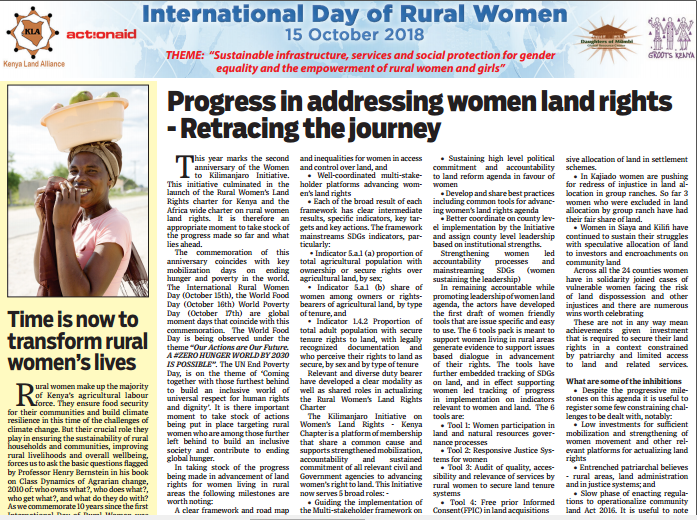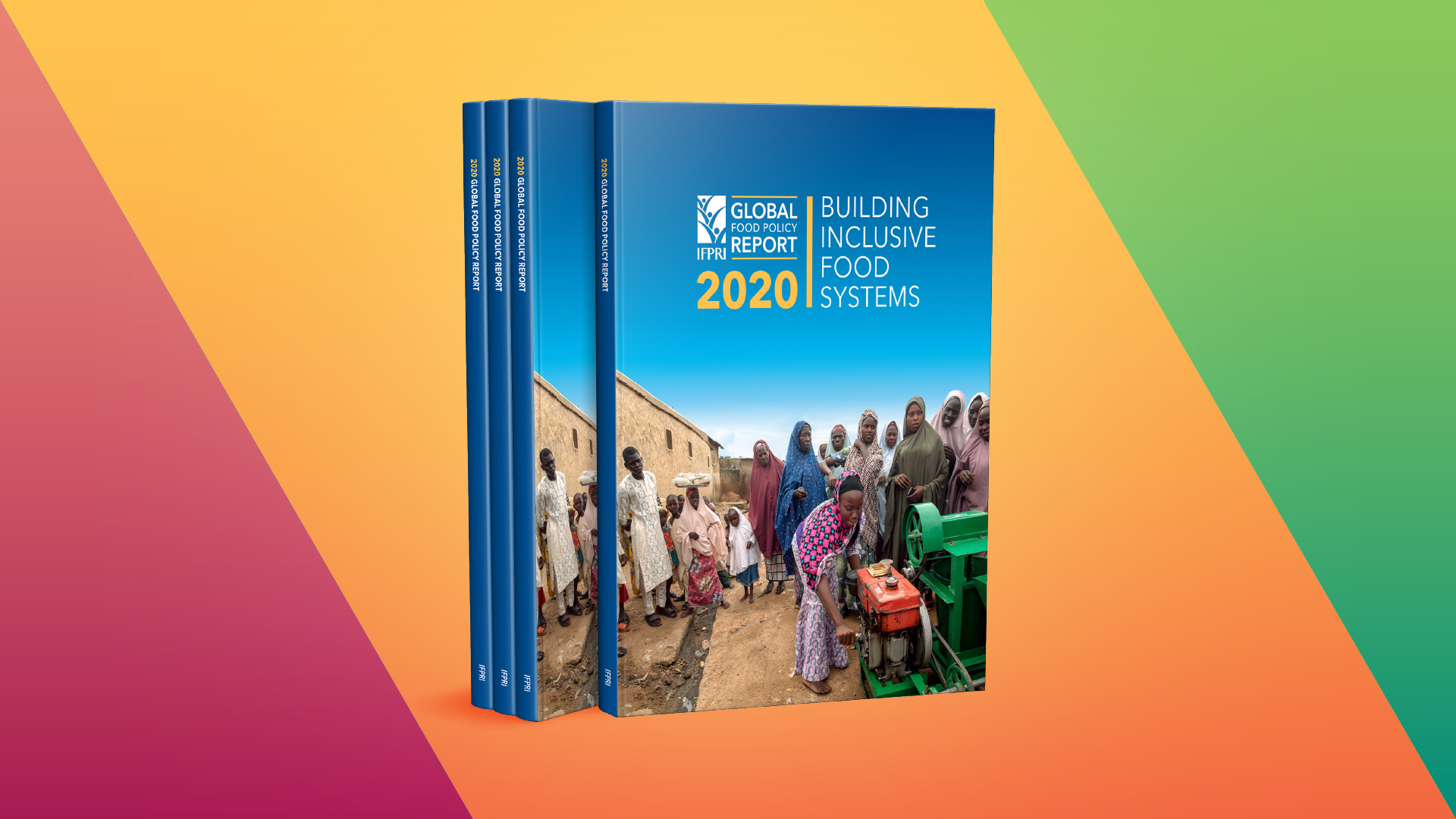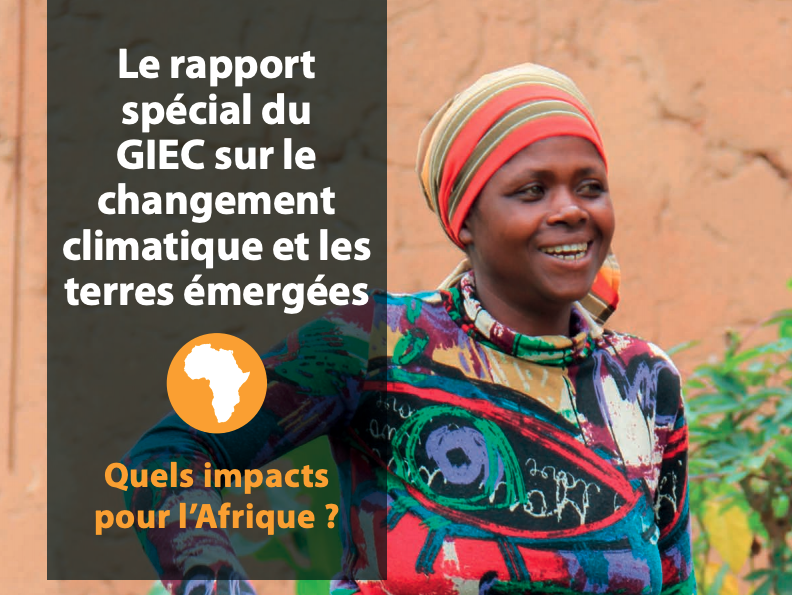Re-Evaluating the Climate Factor in Agricultural Land Assessment in a Changing Climate—Saskatchewan, Canada
We established the statistical relationships between seasonal weather variables and average annual wheat yield (Hard Red Spring and Durum wheat: Triticum spp.) for the period of 1979–2016 for 296 rural municipalities (RMs) throughout six soil zones comprising the arable agricultural zone of Saskatchewan, Canada. Controlling climate variables were identified through Pearson’s product moment correlation analysis and used in stepwise regression to predict wheat yields in each RM.


